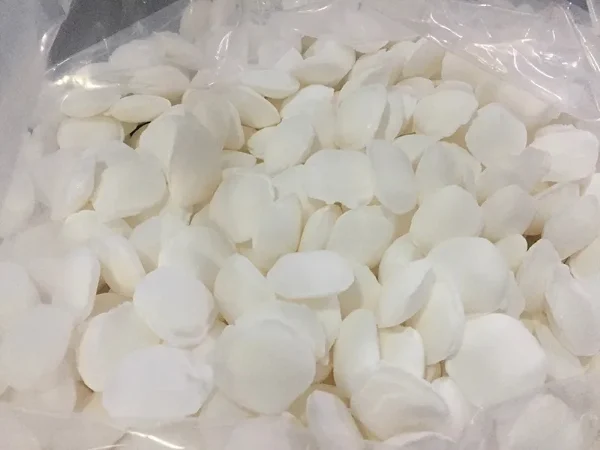
Introduction
Sodium cyanide is a highly toxic and hazardous chemical substance. Due to its extreme danger, strict Laws and regulations have been established globally to manage its production, storage, transportation, use, and disposal. Ensuring Compliance with these regulations is of utmost importance not only for environmental protection but also for public safety. This article delves into the various laws and regulations related to Sodium cyanide and explores the aspects of compliance.
Laws and Regulations Governing Sodium Cyanide
International Regulations
1.The Rotterdam Convention
This international treaty focuses on the prior informed consent procedure for certain hazardous chemicals and pesticides in international trade. Although Sodium Cyanide may not be directly listed under the core substances of the Rotterdam Convention, its trade and movement are indirectly affected by the overall framework of hazardous chemical management. The convention aims to ensure that countries are aware of the potential risks associated with chemicals they import, which has implications for the cross - border movement of sodium cyanide.
2.The Stockholm Convention on Persistent Organic Pollutants
While sodium cyanide is not a persistent organic pollutant, the general principles of environmental protection and risk reduction enshrined in this convention influence the approach to managing highly toxic substances like sodium cyanide. The convention's emphasis on minimizing the release of harmful substances into the environment has a spill - over effect on how sodium cyanide is regulated in terms of storage and disposal to prevent environmental contamination.
National - Level Regulations in the United States
1.The Toxic Substances Control Act (TSCA)
TSCA gives the U.S. Environmental Protection Agency (EPA) the authority to regulate the manufacture, import, use, and disposal of chemical substances, including sodium cyanide. Manufacturers and importers of sodium cyanide are required to report detailed information about the chemical, such as its production volume, intended uses, and potential health and environmental effects. This helps the EPA to assess and manage the risks associated with sodium cyanide.
2.The Resource Conservation and Recovery Act (RCRA)
When sodium cyanide becomes a waste product, RCRA comes into play. It classifies hazardous waste and sets standards for its management, including storage, transportation, and disposal. Sodium cyanide waste must be handled in accordance with RCRA - specified procedures to prevent environmental pollution and protect human health. For example, waste cyanide solutions must be treated to detoxify the cyanide before disposal.
Regulations in the European Union
1.The Registration, Evaluation, Authorization, and Restriction of Chemicals (REACH)
REACH requires companies to register chemical substances they manufacture or import into the EU. For sodium cyanide, companies must provide comprehensive information on its properties, uses, and safety measures. This enables the EU to better understand the risks associated with sodium cyanide and take appropriate regulatory actions. The evaluation process under REACH may lead to restrictions on certain uses of sodium cyanide if the risks are deemed unacceptable.
2.Directives on Dangerous Substances and Preparations
These directives, such as the Dangerous Substances Directive (67/548/EEC) and the Dangerous Preparations Directive (1999/45/EC), classify sodium cyanide as a highly dangerous substance. They set requirements for labeling, packaging, and safety data sheets. This ensures that workers and consumers are aware of the hazards associated with sodium cyanide and can take appropriate precautions.
Compliance Considerations
Production Facilities
1.Safety Measures and Training
Production facilities handling sodium cyanide must implement strict safety measures. This includes installing leak - detection systems, proper ventilation, and emergency response equipment. Workers involved in the production process should receive comprehensive training on the handling of sodium cyanide, including safety procedures, first - aid in case of exposure, and emergency response protocols. Compliance with these requirements not only reduces the risk of accidents but also meets the legal obligations.
2.Environmental Protection
Production facilities need to ensure that there are no emissions of sodium cyanide into the environment. This may involve the use of advanced pollution control technologies, such as scrubbers to capture any cyanide - containing gases. Regular environmental monitoring is also necessary to demonstrate compliance with environmental regulations. For example, monitoring the levels of cyanide in wastewater discharged from the production facility to ensure they are within the permitted limits.
Storage and Transportation
1.Storage Requirements
Sodium cyanide must be stored in secure, well - ventilated facilities that are designed to prevent leaks and spills. Storage containers should be made of materials that are resistant to corrosion by sodium cyanide. Additionally, storage areas should be clearly marked as containing hazardous substances, and access should be restricted to authorized personnel only. Compliance with these storage requirements is crucial to prevent accidental releases of sodium cyanide.
2.Transportation Regulations
During transportation, sodium cyanide must be carried in accordance with strict regulations. This includes the use of approved transport vehicles that are equipped with spill - containment systems. Drivers of these vehicles must be trained in handling hazardous materials and follow specific routes to minimize the risk of exposure to the public in case of an accident. Documentation requirements for the transportation of sodium cyanide, such as bills of lading and safety data sheets, must also be met.
Disposal of Sodium Cyanide Waste
1.Treatment and Disposal Methods
When sodium cyanide becomes waste, it cannot be disposed of in a regular landfill. Instead, it must be treated to detoxify the cyanide. Common treatment methods include chemical oxidation, such as using hydrogen peroxide or chlorine to break down the cyanide into less harmful substances. After treatment, the waste must be disposed of in an approved hazardous waste landfill. Compliance with these disposal methods is essential to prevent the release of toxic cyanide into the environment.
2.Documentation and Reporting
Facilities disposing of sodium cyanide waste are required to maintain detailed records of the waste treatment and disposal process. This includes information on the quantity of waste, the treatment method used, and the disposal location. Regular reporting to the relevant environmental authorities is also necessary to demonstrate compliance with waste management regulations.
Consequences of Non - Compliance
Non - compliance with sodium cyanide - related laws and regulations can have severe consequences. In the case of environmental violations, companies may face significant fines. For example, in the United States, violations of RCRA can result in fines of up to several million dollars per day. In addition to financial penalties, non - compliance can lead to the closure of facilities, criminal charges against responsible individuals, and damage to a company's reputation. In extreme cases, non - compliance can cause environmental disasters and endanger public health, as seen in some historical industrial accidents involving sodium cyanide.
Conclusion
Sodium cyanide is a chemical substance that requires strict regulatory control due to its high toxicity. International, national, and regional laws and regulations have been established to manage every aspect of sodium cyanide, from production to disposal. Compliance with these regulations is not only a legal obligation but also a moral responsibility to protect the environment and public safety. Companies and individuals involved in the handling of sodium cyanide must be vigilant in ensuring that they meet all regulatory requirements to avoid the severe consequences of non - compliance. As our understanding of the risks associated with sodium cyanide evolves, regulations are likely to be further refined, and compliance efforts will need to keep pace.
- Random Content
- Hot content
- Hot review content
- China factory Sulfuric Acid 98%
- industry Electric Detonator
- Potassium Permanganate – Industrial Grade
- Food grade Antioxidant T501 Antioxidant 264 Antioxidant BHT 99.5%
- Sodium nitrate
- How can I optimize the use of chemicals in ore processing?
- Industrial/Food Grade 58/60 Fully/Semi Refined Slab Paraffin
- 1Discounted Sodium Cyanide (CAS: 143-33-9) for Mining - High Quality & Competitive Pricing
- 2China's New Regulations on Sodium Cyanide Exports and Guidance for International Buyers
- 3Sodium Cyanide 98% CAS 143-33-9 gold dressing agent Essential for Mining and Chemical Industries
- 4International Cyanide(Sodium cyanide) Management Code - Gold Mine Acceptance Standards
- 5China factory Sulfuric Acid 98%
- 6Anhydrous Oxalic acid 99.6% Industrial Grade
- 7Oxalic acid for mining 99.6%
- 1Sodium Cyanide 98% CAS 143-33-9 gold dressing agent Essential for Mining and Chemical Industries
- 2High Quality 99% Purity of Cyanuric chloride ISO 9001:2005 REACH Verified Producer
- 3Zinc chloride ZnCl2 for High Molecular Weight Polymers Initiator
- 4High Purity · Stable Performance · Higher Recovery — sodium cyanide for modern gold leaching
- 5High Quality Sodium Ferrocyanide / Sodium Hexacyanoferr
- 6Gold Ore Dressing Agent Safe Gold Extracting Agent Replace Sodium Cyanide
- 7Sodium Cyanide 98%+ CAS 143-33-9


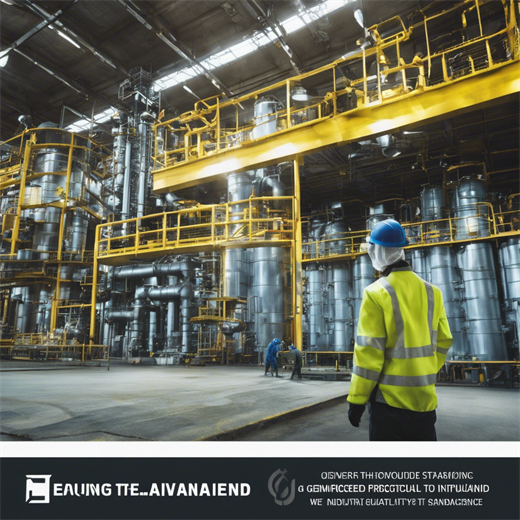
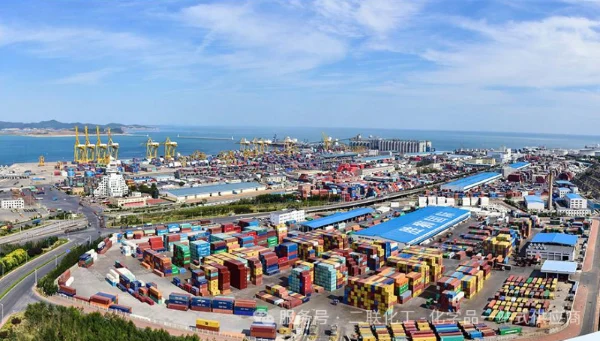
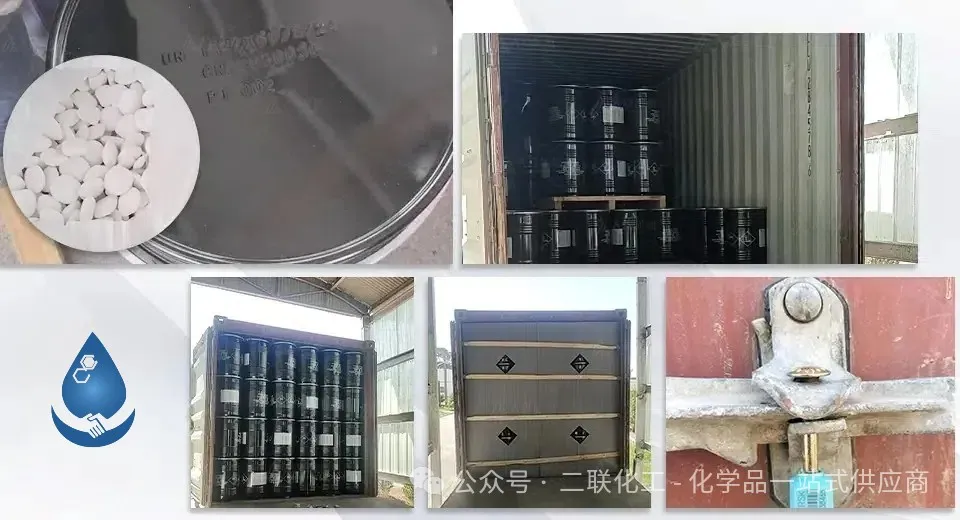
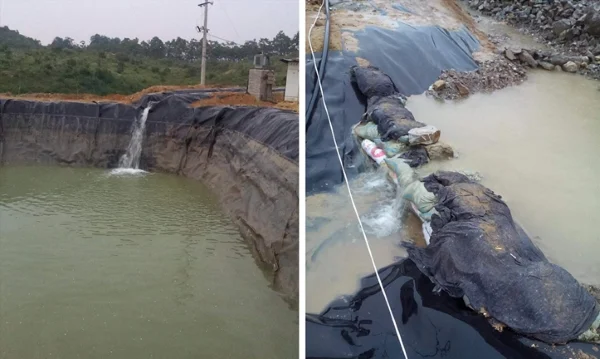


Online message consultation
Add comment: